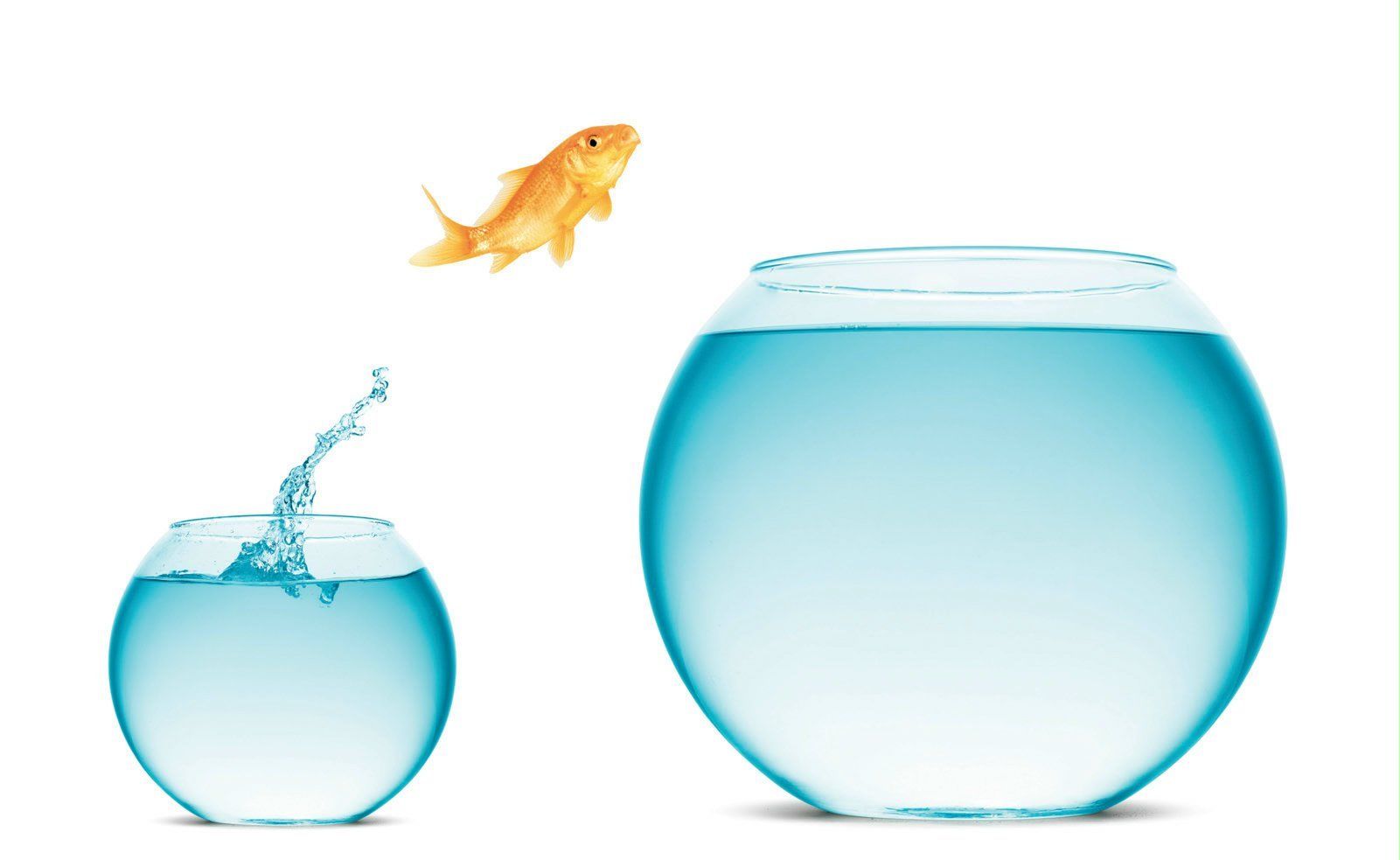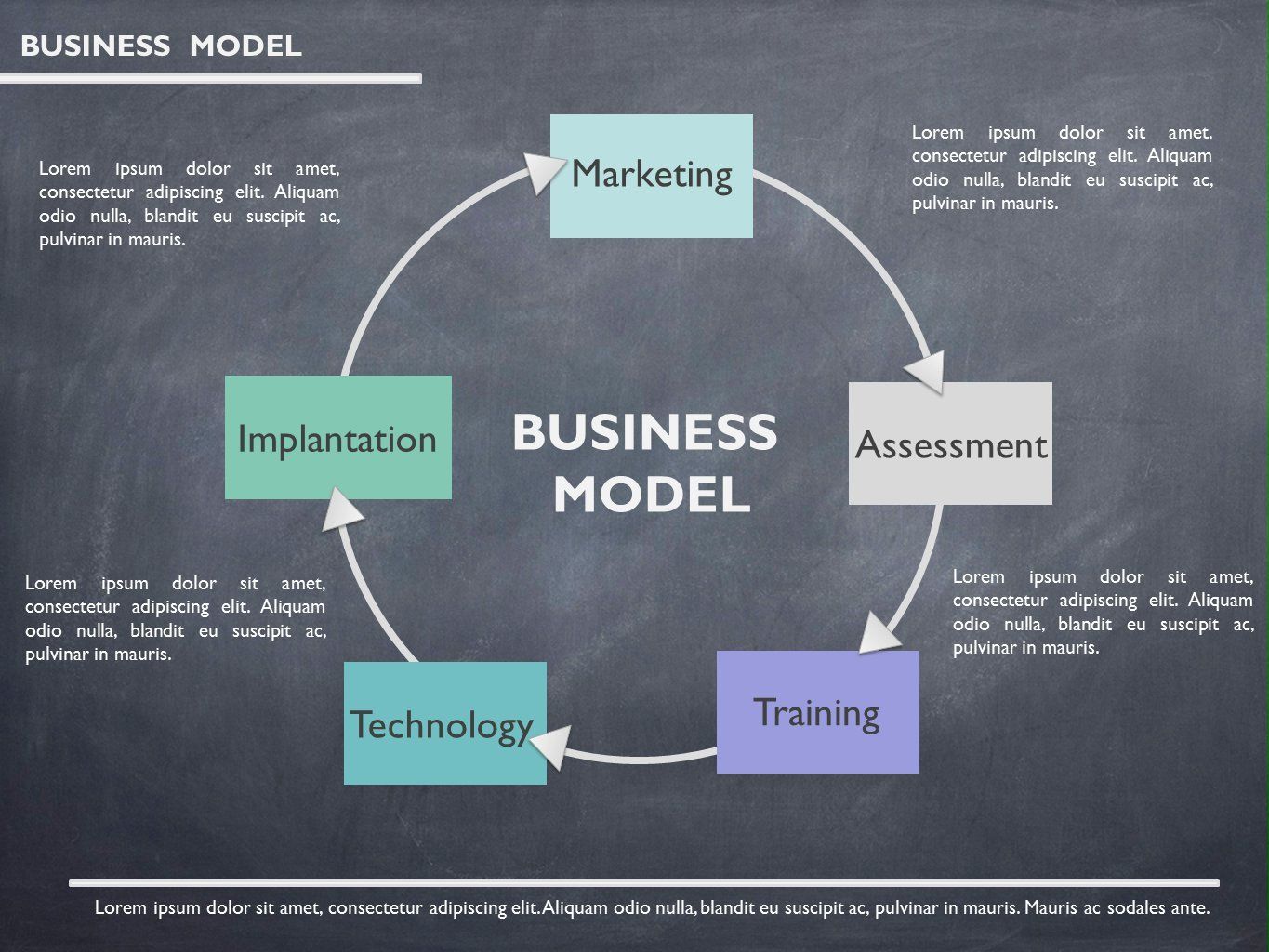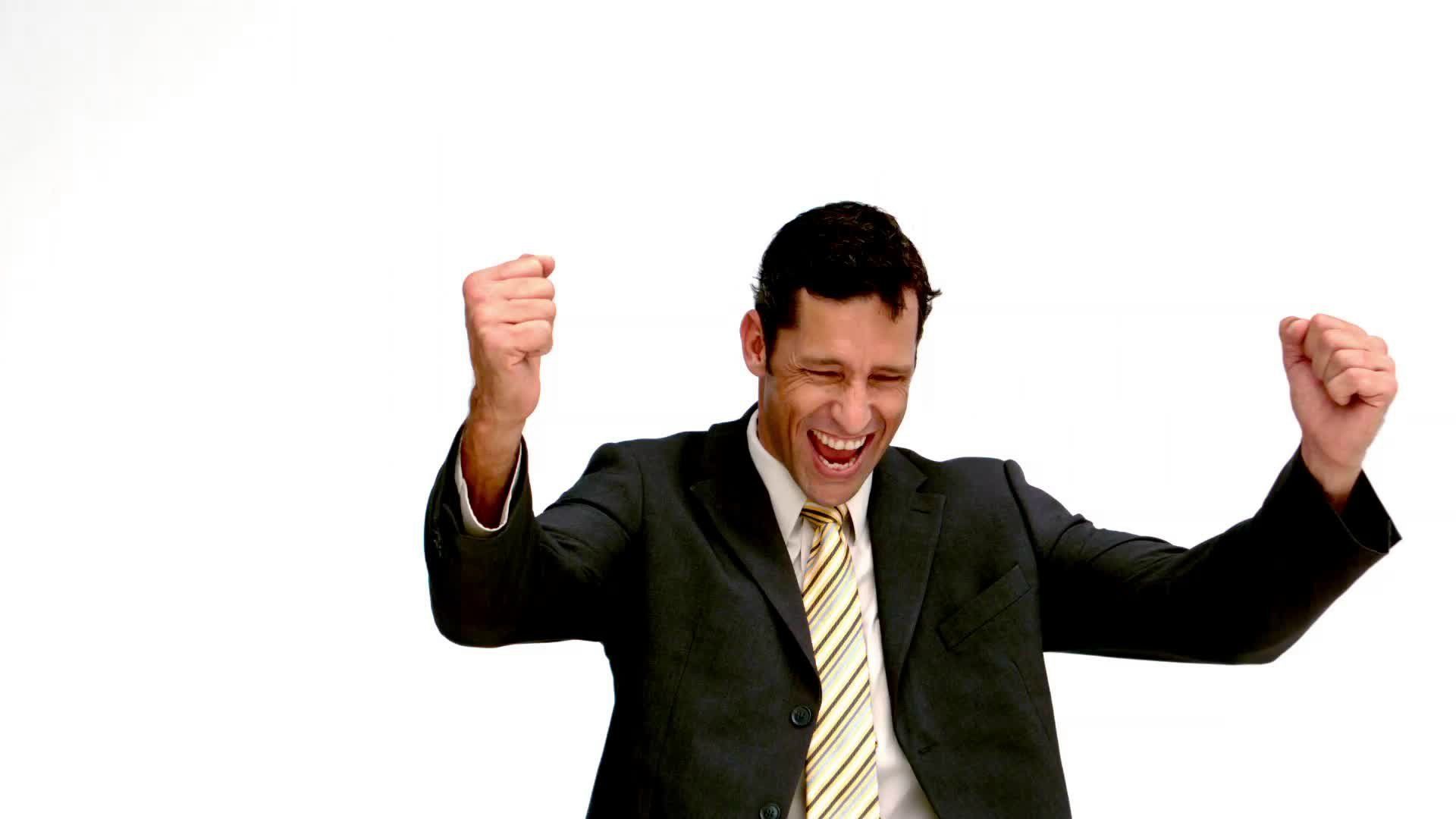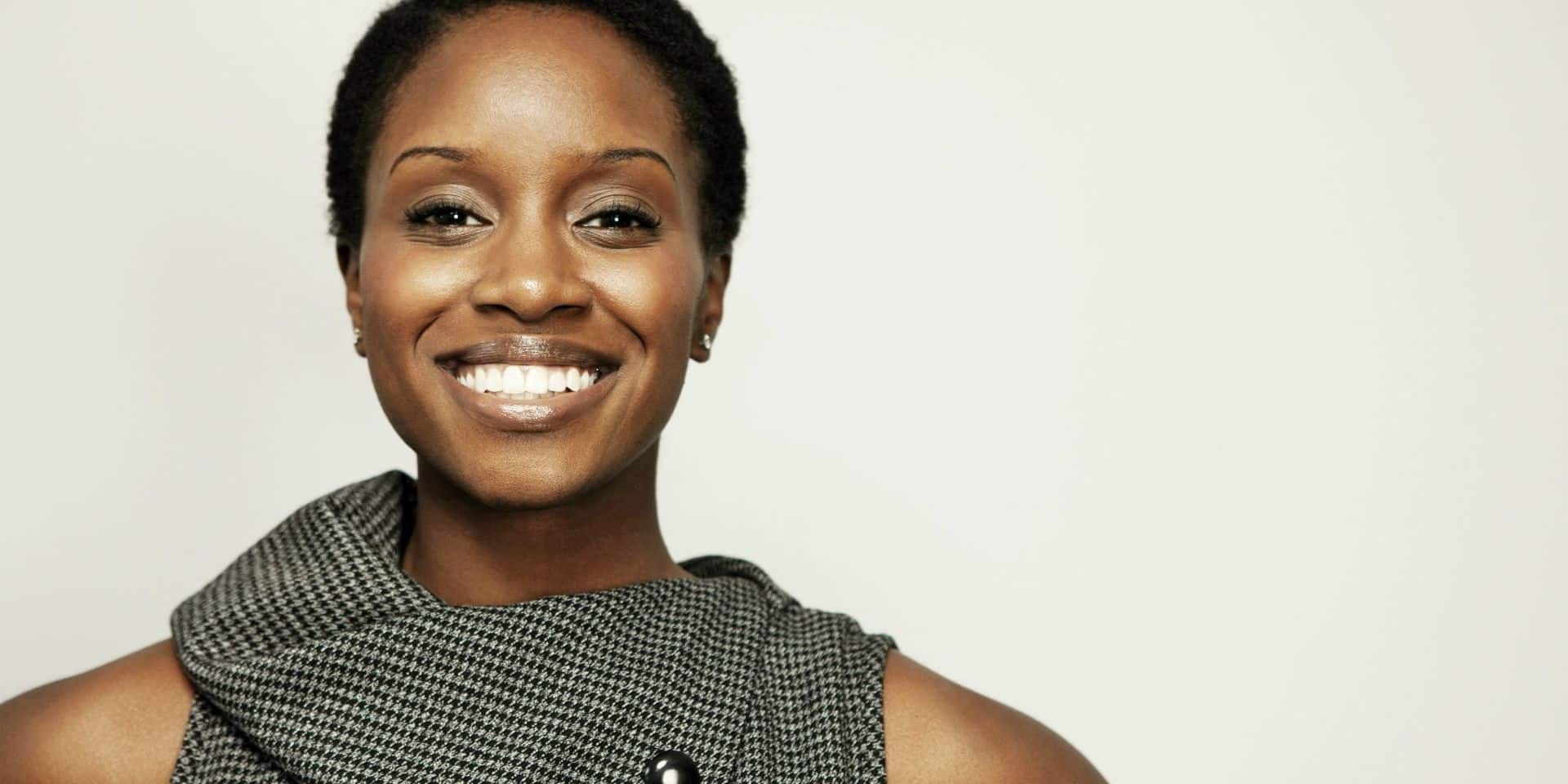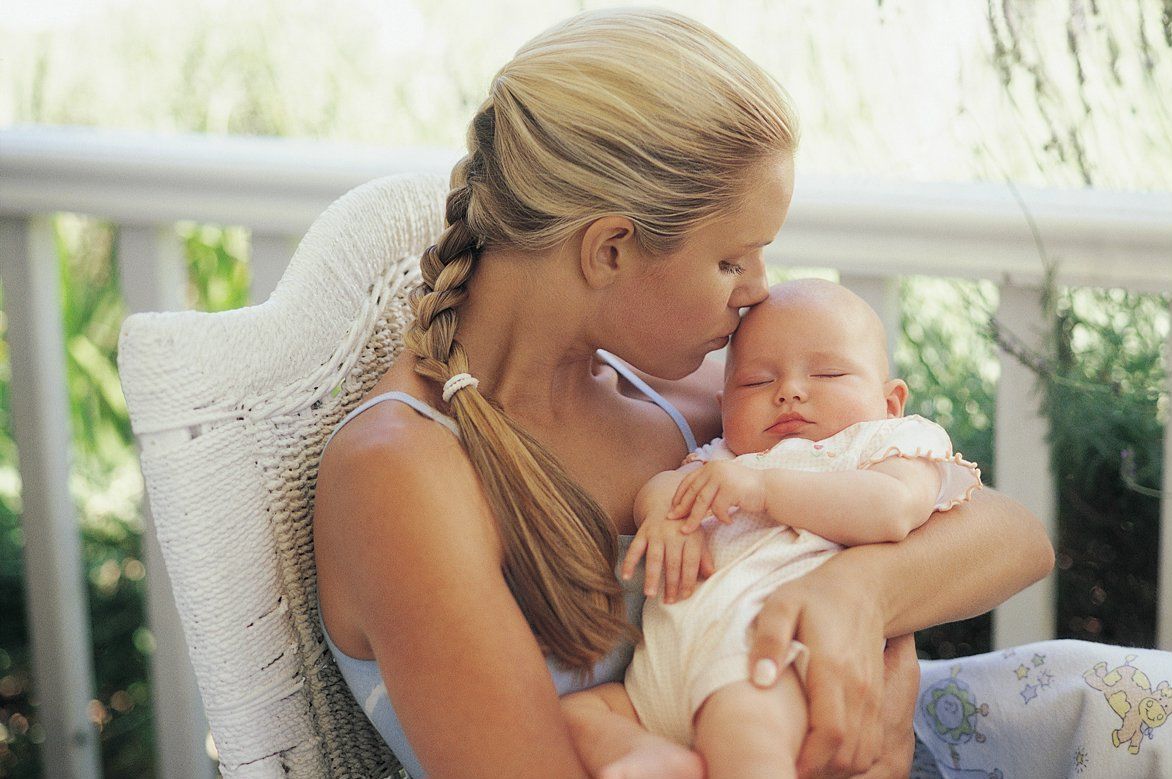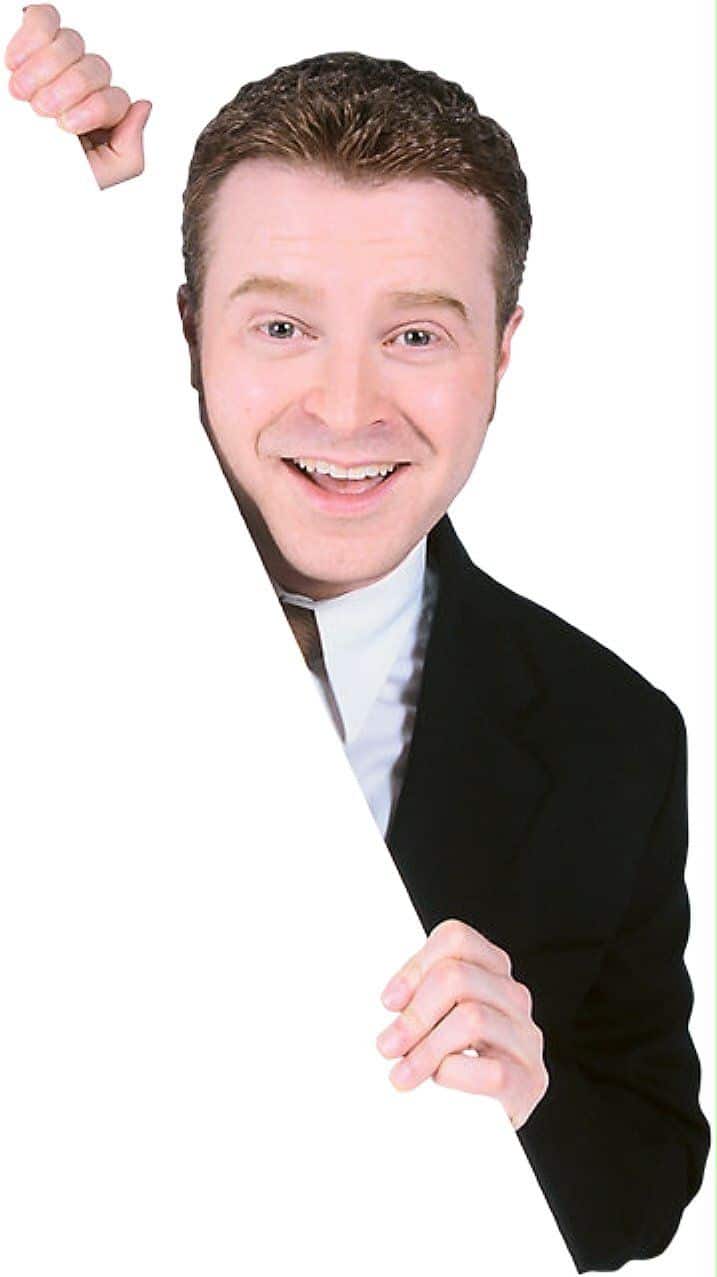The ball arcs high, a buttery yellow blur against the harsh fluorescent lights of the practice hall. Thwack. Forehand loop. It screams past the target. Another one. Thwack. Right on the money. Ninety-two perfect loops. Coach feeds the next, a relentless, rhythmic dance where every variable is controlled, every outcome predictable. The sweat drips, but it’s a confident sweat, the kind that feels earned by mastery. You feel invincible, a true virtuoso of the table. You’ve been here for over two years now, perfecting this same motion, this relentless pursuit of mechanical perfection. You’ve put in countless hours, maybe two thousand two hundred and twelve minutes this past week alone, meticulously refining every aspect of your stroke. This, you tell yourself, is how champions are made.
The Match Begins
And then the match starts.
Success Rate
Success Rate
Your opponent serves. Not the clean, robotic feed from the drill cart. No, this ball wobbles, a deceptive, ugly little spin that defies every neatly categorized mental file you possess. It lands short, then kicks wide, a true trickster. Your perfect loop, the one that felt so automatic just two minutes ago, dissolves into a clumsy push. It barely clears the net, if it even does, often plunging directly into it with a dull thud. Point, opponent. The cycle repeats, a slow, painful dismantling of your practice-hall heroics. What happened? How could something so ingrained, so flawless in one context, utterly vanish in another? This is the core frustration, isn’t it? The gnawing realization that our dedication to perfect repetition in a sterile, predictable environment builds something powerful, yes, but often something profoundly fragile. We build a sandcastle against a coming tide, thinking its architectural precision will save it.
The Palpable Frustration
I’ve been there, staring at that net, wondering if my hands had suddenly forgotten their language. It’s like realizing you’ve been pronouncing a word wrong for years – a fundamental, foundational word that you thought you knew intimately. You’d used it in countless sentences, written it down, heard others use it, but somehow, your internal phonetics were just… off. And then one day, someone corrects you, gently, or perhaps with a polite, bewildered stare, and your entire mental edifice around that word crumbles. It’s humbling, even humiliating, but it’s also a moment of stark clarity. You thought you knew; you thought you were doing it right. But the real-world application, the actual interaction, exposed the hidden flaw.
The Symphony of Chaos
We pour thousands of hours, often two hundred and twenty-two per month, into practicing table tennis skills in a vacuum. We hit forehands from the same spot, against the same trajectory, at the same speed. We serve into pre-determined zones. We block against consistent loops. We become incredibly adept at that specific sequence. But the game, the real game, is a symphony of chaos, a ceaseless flow of imperfect, unpredictable, and often outright weird interactions. It’s a fundamental misunderstanding of what ‘skill’ truly means in a dynamic environment. Skill isn’t just about execution; it’s about adaptation. It’s about problem-solving under duress. It’s about retrieving the perfect loop from your arsenal even when the opponent’s serve has thrown two unexpected spins at you, not just one.
Adaptation
Problem-Solving
Resilience
The Parlor Trick Paradox
Elena M.K., a former debate coach I knew, used to call this the ‘parlor trick paradox.’ Elena was formidable, a mind like a razor, capable of dissecting an argument into two hundred and forty-two logical fallacies within minutes. Her students, too, were brilliant in practice. They’d spend hours in her office, crafting opening statements that glittered with wit and reason, dismantling theoretical counter-arguments with surgical precision. They could deliver these flawless, rehearsed arguments to Elena, who would play the perfect, predictable opponent. Yet, the moment they stepped onto a real debate stage, facing an unexpected line of attack, a bizarre non-sequitur, or a hostile judge, many would freeze. Their meticulously constructed arguments, designed for a pristine environment, shattered under the unpredictable, high-stakes pressure. Elena always emphasized that the only way to genuinely prepare was to expose yourself to as many chaotic, imperfect, and genuinely uncomfortable scenarios as possible. She’d throw curveballs at her students, play devils’ advocate, even stage mock debates with hecklers, all to build resilience, not just rhetoric. She knew that real skill isn’t about perfectly reciting a script; it’s about thinking on your feet and responding to the unexpected, a truth as applicable to the ping pong table as it is to a podium.
Programming for Flexibility
The irony is that our brains are incredibly efficient. When we practice in a predictable environment, our brains learn to optimize for that predictability. It creates shortcuts, neural pathways that are incredibly fast and smooth if the input is identical. But introduce even a slight variation, and those shortcuts become dead ends. It’s like programming a robot to navigate a perfectly clear path for two hundred and twelve meters. It will be incredibly fast. Ask it to navigate around an unexpected obstacle, and it stalls. We are, in essence, programming ourselves to be incredibly efficient robots in a world that demands human flexibility. The goal of practice shouldn’t just be repetition, but varied repetition, contextual repetition, pressurized repetition. We need to simulate the match environment, not just the isolated stroke.
Match-Like Practice
Think about it: how many times have you been told to just ‘relax’ in a match? It’s the most useless advice in the world, because the problem isn’t just mental; it’s physiological and neurological. Your body, primed for a predictable environment, goes into shock when faced with unpredictability and pressure. Your heart rate skyrockets, adrenaline floods your system, and your fine motor skills, which were so reliable two minutes ago, become clumsy. The only way to train for this state is to put yourself in it repeatedly, deliberately, in practice. It means designing drills that force you to adapt. Drills that throw you twenty-two different types of serves. Drills that demand you return a deep forehand then scramble for a short backhand. Drills that involve unexpected movements, weird spins, and awkward angles, not just the perfect feed.
This is where the idea of ‘match-like’ practice becomes paramount. It’s not enough to simply hit a lot of balls. You need to hit balls that mimic the chaotic, demanding nature of a real opponent. You need to incorporate decision-making into every drill. Should I loop? Push? Block? Where should I place the ball? These are questions that are often absent from standard multi-ball feeding drills, which, while useful for initial muscle memory, fall short of building true match readiness. To truly transfer your skills, you must consciously and consistently introduce variability and pressure into your training regimen. It’s about building a robust, adaptable skill set, not just a fragile, high-performance parlor trick.
Beyond Hard Work: Effective Work
In fact, neglecting this transfer problem is perhaps the most significant mistake many dedicated players make. They conflate ‘hard work’ with ‘effective work.’ They spend two hundred and twelve days a year drilling the same things, thinking sheer volume will solve the problem, only to be repeatedly disappointed when the chips are down. We need to verify that our practice methods are actually building resilience, not just vanity metrics. It requires an honest self-assessment, perhaps even a brutal one, to identify if the hours we pour into training are truly paying dividends when it matters most. It’s a shift from ‘can I do it perfectly?’ to ‘can I do it imperfectly, under pressure, and still win?’
Training Effectiveness
65%
The Real Battle
The real battle isn’t against your opponent; it’s against your own ingrained, predictable practice habits. It’s about breaking free from the illusion of control and embracing the beautiful messiness of the game. If you’re serious about taking your game from the practice hall to the podium, you need to challenge yourself in ways that truly reflect the real game. You need to integrate an analytical approach that allows you to assess not just your technical execution, but your adaptability and mental fortitude under pressure. After all, the score doesn’t care how many perfect loops you hit in practice. It only cares what happens when that weird, wobbly ball comes at you, and whether you can turn your drill-hall magic into match-winning reality. To truly excel, you must ensure your training is a robust 검증업체 of your readiness, not just a performance of your potential.
The difference between a drill-hall hero and a match-day warrior isn’t about hitting harder; it’s about hitting smarter, more adaptably, and with a nervous system that has been lovingly, brutally prepared for the beautiful, unpredictable chaos of real competition. It’s about remembering that the goal is not to eliminate pressure, but to learn to dance with it, even if your steps feel a little clumsy at first. The journey to true mastery isn’t about avoiding mistakes, but about learning from the two hundred and sixty-two you’ll inevitably make, and integrating those lessons into a more resilient, dynamic game.





































